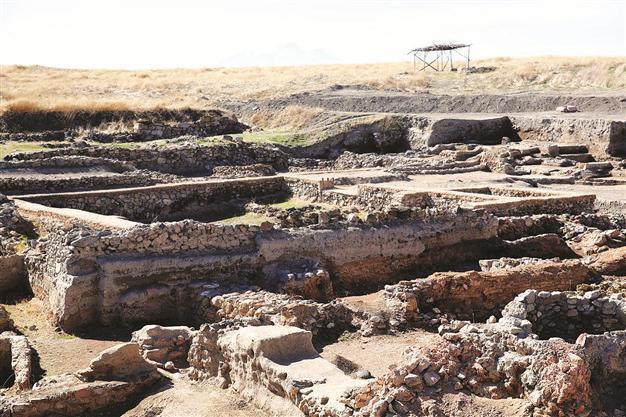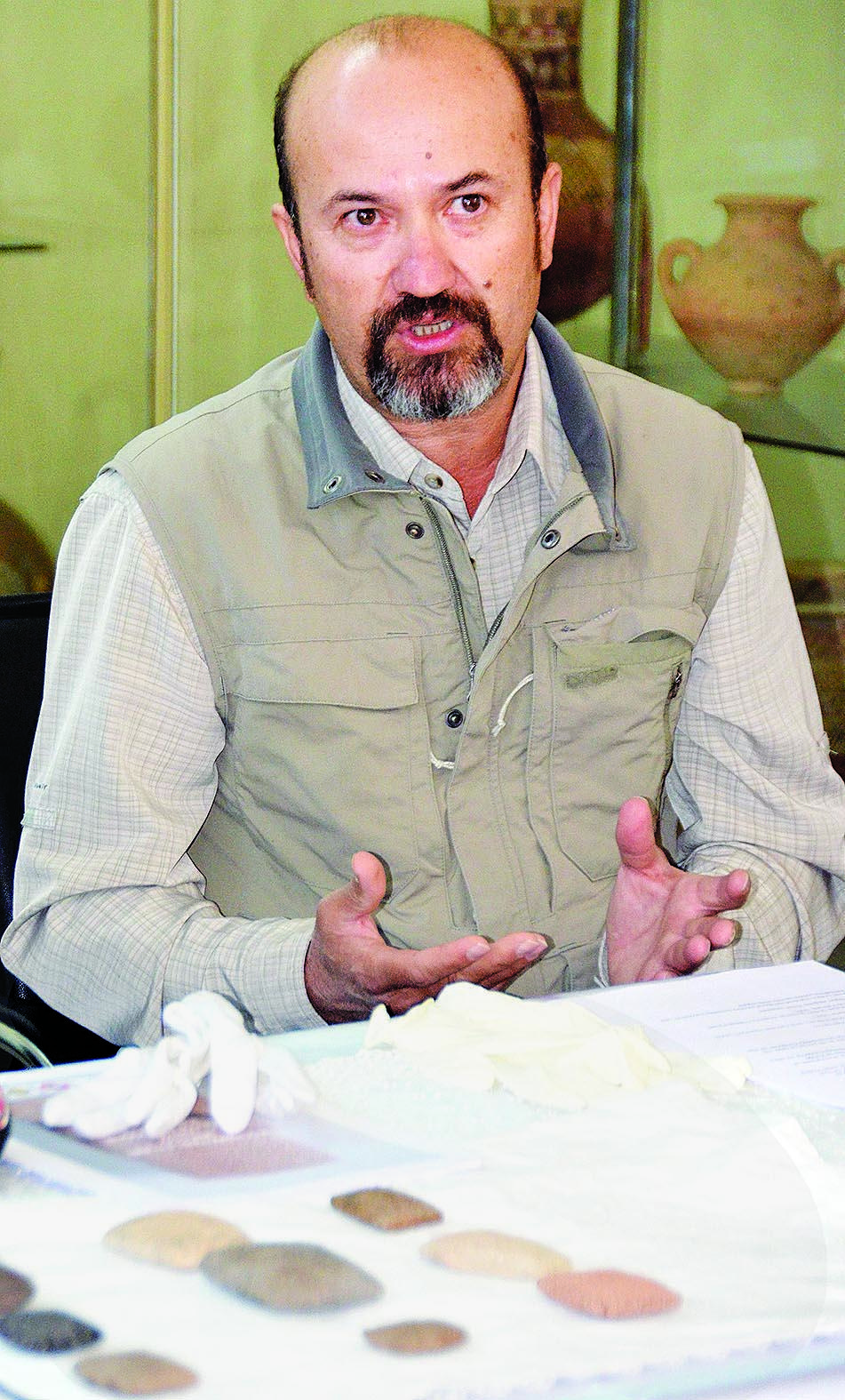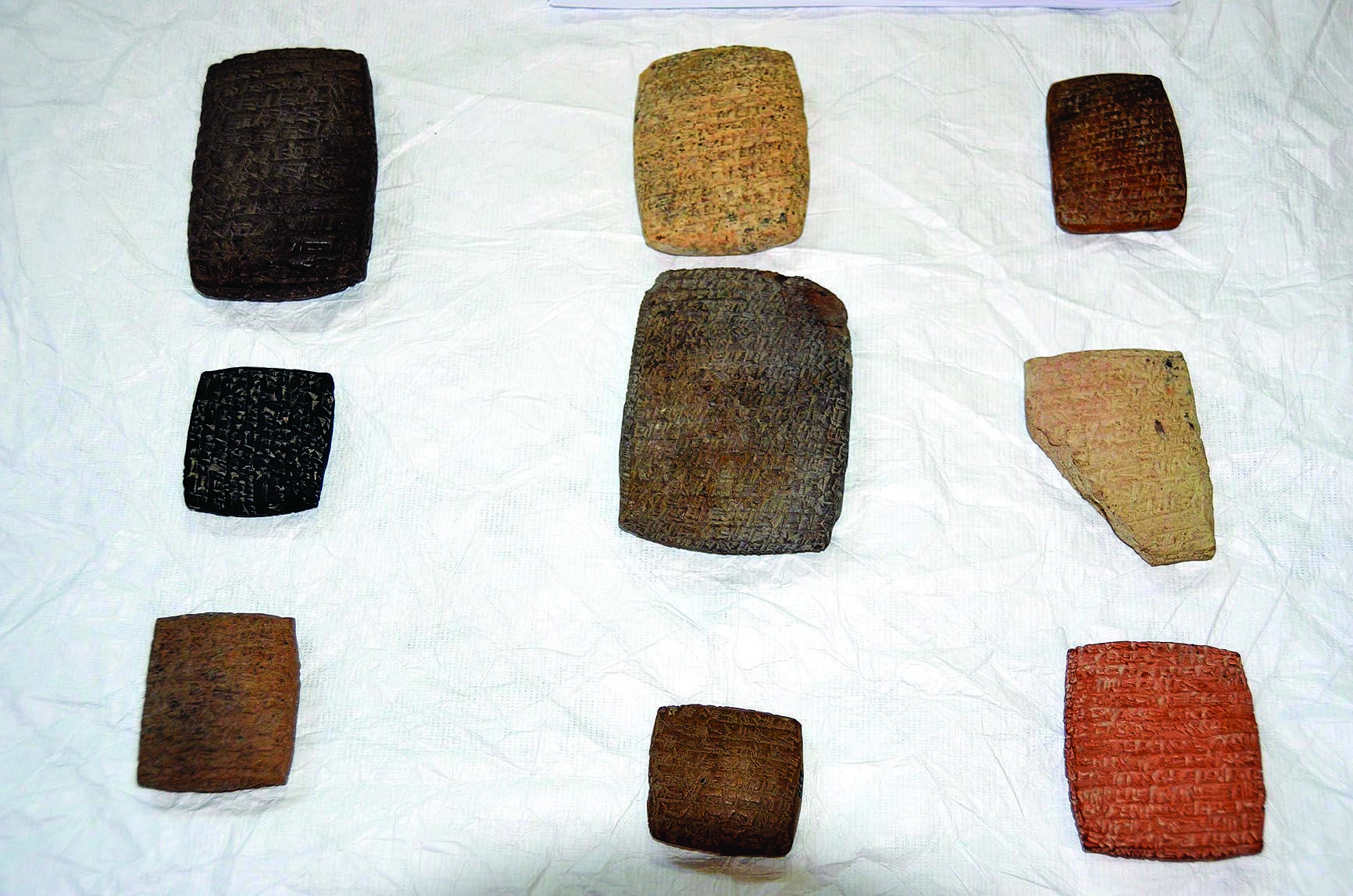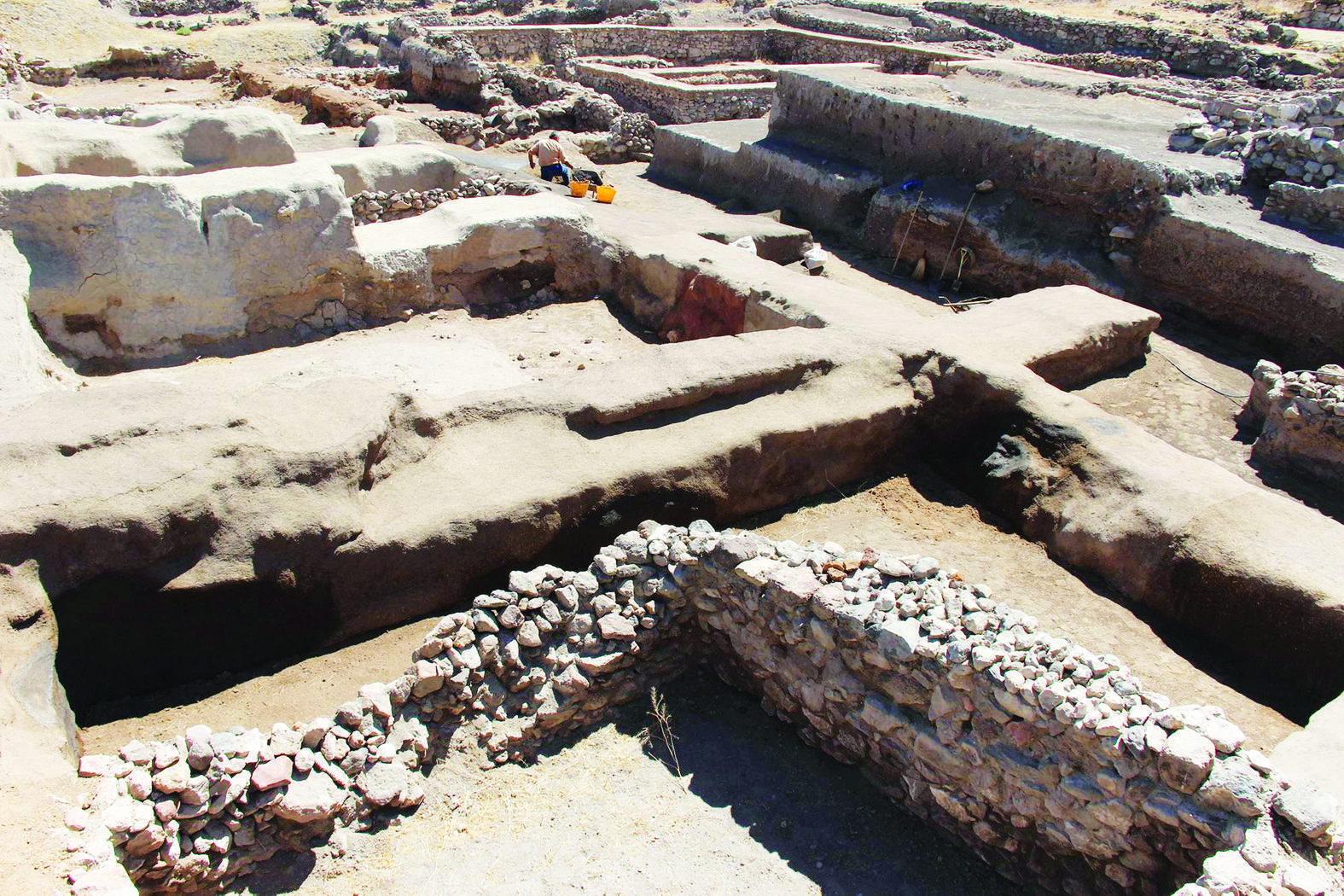Kültepe Tablets open Kayseri to the world
KAYSERİ – Anadolu Agency

AA Photos
The inclusion of 5,000-year-old Kültepe tablets in the UNESCO Memory of the World Register in October has attracted the interest of international academics and historians to the ancient city. The kiln tablets, considered the earliest written documentation of life in Anatolia, were unearthed during archaeological excavations on the Kültepe-Kaniş-Karum mound in the Central Anatolian province of Kayseri.
The kiln tablets, considered the earliest written documentation of life in Anatolia, were unearthed during archaeological excavations on the Kültepe-Kaniş-Karum mound in the Central Anatolian province of Kayseri. Professor Fikri Kulakoğlu, an Ankara University Archaeology Department academic and the head of the Kültepe excavations, said the Kültepe Tablets had been registered as the common heritage of humanity.
He said internationally renowned archaeology experts, academics and historians wanted to come to Kayseri to see the unique tablets, noting that it had made a great contribution to the city’s promotion worldwide.
“Lots of people who never knew the existence of Kayseri now know the city. Kültepe is being discussed on international platforms. People will come to Kayseri from various countries to see Kültepe. We will see it more in the coming years. Academics have changed their summer and travel programs to see Kültepe. We have been working and organizing symposiums to promote the Kültepe Tablets for years but were not able to get a result. Now with the inclusion of the tablets in UNESCO, we have succeeded in our promotional activities,” the professor said.
Socio-cultural structure 5,000 years ago
Kulakoğlu said the Kültepe Tablets were registered by UNESCO because they were the biggest cuneiform tablets in the history of mankind and that they were special in terms of their number and content.
“The Kültepe tablets are completely owned by the private sector, private individuals. The content of the tablets is 99 percent commercial. They are not official state documents; they are the archive of free traders. In this term, they are the earliest private sector documents. Therefore, the tablets feature the feelings of traders at that time. Thanks to these tablets, we can get information about the socio-cultural structure of people who lived 5,000 years ago. It’s not just shopping; we can see what they went through in their daily life. It is not possible to get such information in the state archives,” said Kulakoğlu.
All subsequent excavations in Kültepe will be carried out under the inspection of UNESCO, he said, noting that the Culture and Tourism Ministry would also allocate more funds for the digs.


Restorations to be made
Kulakoğlu said they expected Kültepe to attract visitors from around the world, adding that the works of art would be taken under protection and that restorations would be conducted to improve visits at the site.
Kulakoğlu said they would collaborate with the Kayseri Governor’s Office and the Kayseri Metropolitan Municipality.
“We will highlight some features to draw people’s interest and restore them. People will want to see Kültepe when visiting Kayseri and cultural tourism will progress in the city. Merchants and citizens will also take the advantage of tourist visits,” Kulakoğlu said.

















